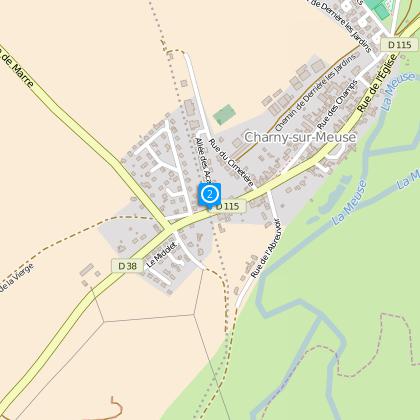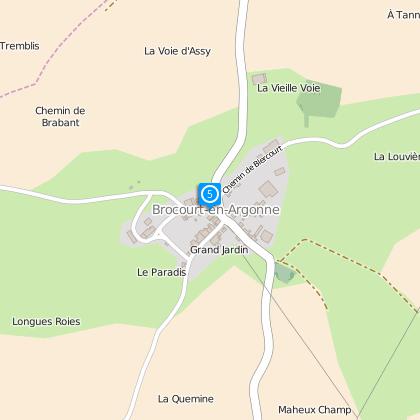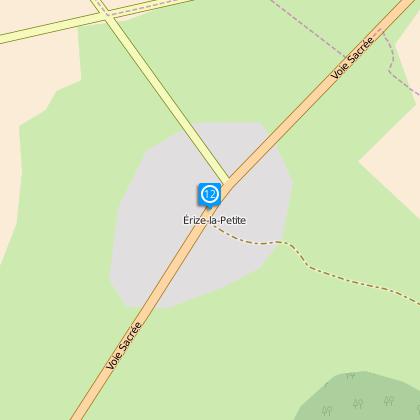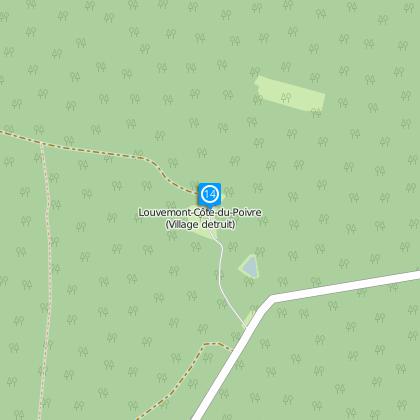Alert
Alerts
Type of practice
4x4
Motorhome
Car
Motorcycle
Presentation
Description
Map
Steps
Points of interest
Ratings and reviews
See around
Follow in the footsteps of "Those of 14" based on the account by Maurice Genevoix

Credit : FamilleGenevoix
IGN cards

2914SB - CHÂLONS-EN-CHAMPAGNE MARSON
Editor : IGN
Collection : TOP 25 ET SÉRIE BLEUE
Scale : 1:25 000
13.90€
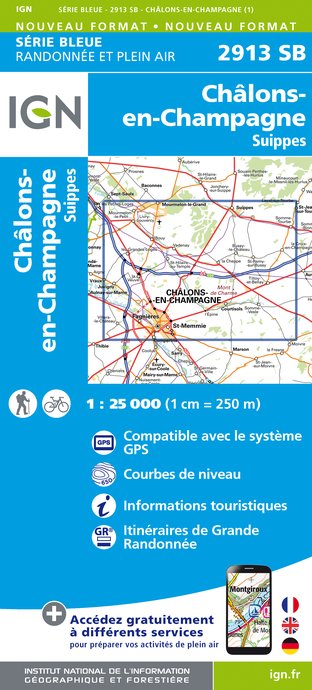
2913SB - CHÂLONS-EN-CHAMPAGNE SUIPPES
Editor : IGN
Collection : TOP 25 ET SÉRIE BLEUE
Scale : 1:25 000
13.90€

110 REIMS SAINT-DIZIER PNR DE LA MONTAGNE DE REIMS VIGNOBLES DE CHAMPAGNE
Editor : IGN
Collection : TOP 100
Scale : 1:100 000
8.40€

D51-55 MARNE MEUSE
Editor : IGN
Collection : CARTES DÉPARTEMENTALES IGN
Scale : 1:150 000
5.90€

D02-08 AISNE ARDENNES
Editor : IGN
Collection : CARTES DÉPARTEMENTALES IGN
Scale : 1:150 000
5.90€

NR05 GRAND EST RECTO/VERSO MASSIF DES VOSGES ALSACE LORRAINE
Editor : IGN
Collection : CARTES RÉGIONALES IGN
Scale : 1:250 000
6.80€

NR04 - GRAND EST RECTO/VERSO ARDENNE CHAMPAGNE
Editor : IGN
Collection : CARTES RÉGIONALES IGN
Scale : 1:250 000
6.80€

NR01 HAUTS-DE-FRANCE
Editor : IGN
Collection : CARTES RÉGIONALES IGN
Scale : 1:250 000
6.80€

NR03 ÍLE DE FRANCE
Editor : IGN
Collection : CARTES RÉGIONALES IGN
Scale : 1:250 000
6.80€

EUROPE
Editor : IGN
Collection : DÉCOUVERTE DES PAYS DU MONDE IGN
Scale : 1:2 500 000
7.00€
Description
This trail is a chance to follow in the footsteps of Maurice Genevoix and his comrades in the first months of the First World War.
As a young officer aged 24, he boarded the train at Châlons-en-Champagne station on 25 August 1914 with reinforcements for the 106th RI.
At the time, they did not know where their train was taking them…the violence and horror of the fighting, but also the friendship and brotherhood between companions.
He was discharged after being seriously injured on 25 April 1915.
He would deliver a moving account of his part in the war in his major work, “Ceux de 14” (“Those of 14”).
Technical Information
4x4
Difficulty
Not specified
Dist.
336 km
Type of practice
4x4
Motorhome
Car
Motorcycle
Show more
Altimetric profile
Starting point
51000
Châlons-en-Champagne
Lat : 48.96206Lng : 4.36304
Steps
Data author
Ratings and reviews
To see around

